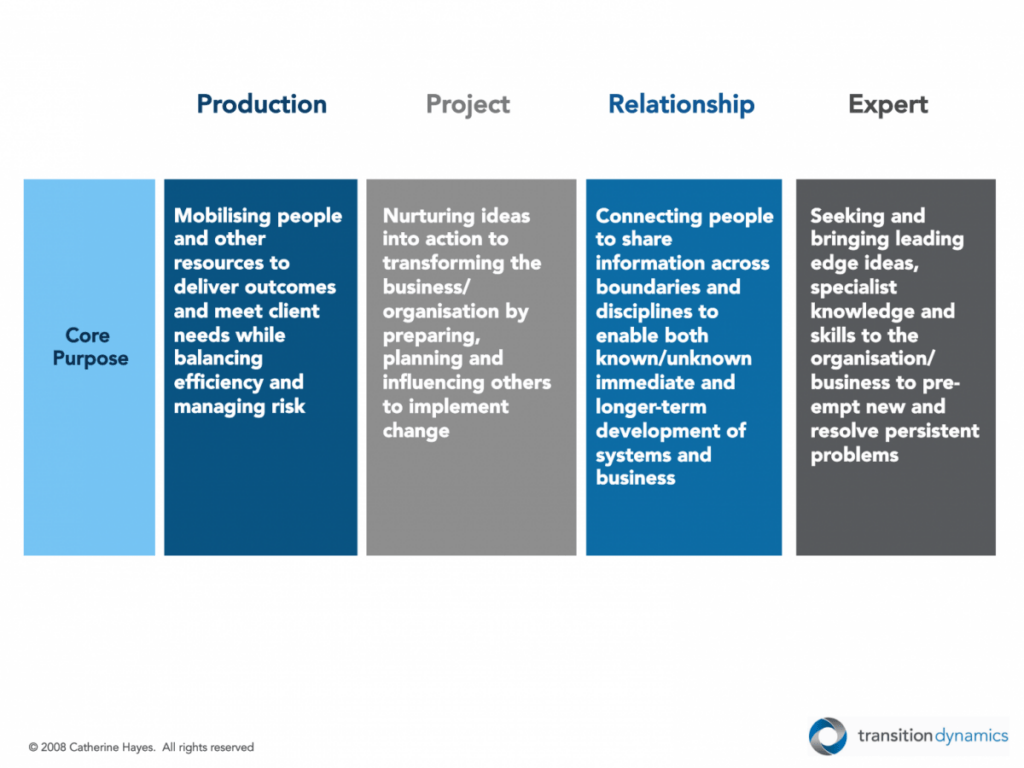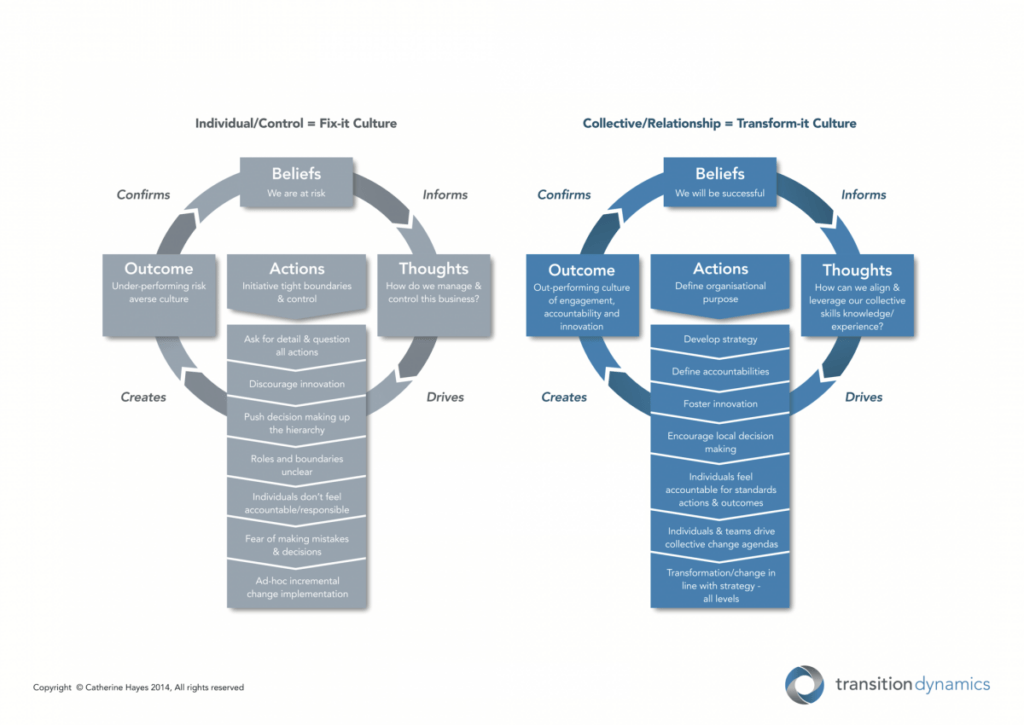Linking some of the elements from our previous blog ‘Does Culture Eat Transformation For Breakfast’. This article explores some of the complex dimensions of organisational cultures and how HR can play a leading role in supporting cultural transformations.
What Do We Mean By Organisational Cultures?
Organisational cultures are influenced by and comprised of many different aspects. Interconnected systems comprised of interactive processes. Processes of interactions, that form and are informed by known and unknown individual, team and collective functioning.
How many of these influencers do you recognise as impacting your organisational culture: Purpose, strategies, relationships, values, beliefs, leadership practices, knowledge, processes, systems, capabilities, perceptions, skills, market, feelings, environment, rewards, perceptions, thoughts, behaviours, intentions, standards.
Put in simple terms organisational cultures are complex. Leaders and organisations create challenges for themselves when they don’t understand how their organisations function, and overlook or try to reduce complexity.
This can be observed in a number of ways, for example control focused leadership practices, functional silos, individual responsibility and accountability. Historically these practices have been seen and deployed as valid approaches for structuring and managing the different dynamics and functioning of organisations. Specifically targeted to reduce complexity. Unfortunately in today’s complex continuously changing environments, they are no longer delivering desired results, because they facilitate oversimplification and splitting. Operational practices that interrupt systemic connections and collective understanding.
When organisations are seen and operate as distinctive separate parts they become unable to function and operate as interconnected systems. One outcome is that they become challenged to fully utilise the operational and potential business opportunities that interconnected systems create. This restricts their abilities for working with change, the only constant in today’s business world.
Our research has found that when cultures are seen as and engaged with, as interconnected systems, it has a direct impact on operational performance and business outcomes. Knowing how organisations function, honouring and working with the inherent complexities, are key factors in creating and maintaining successful performance cultures.
Influences on Organisational Cultures
Organisational cultures take many forms, depending on the industry and business sector. We have found that there are two key factors that often go unnoticed that consistently influence cultures across all industries and business sectors.
Capabilities
There are four primary capabilities that are essential for the effective functioning of organisations that influence the type of work that is conducted and how it is carried out.

The workforce concentration of these capabilities varies depending on the industry sector, business strategy and stage of development of the organisation. For example we typically see that a start up professional services practice e.g. law firm will consist of more ‘Expert’ capabilities. Whilst a large established manufacturing organisation is likely to consist of more ‘Production’ capabilities.
In high performing organisations, the practice of knowing and mapping these capabilities is seen as essential. Business leaders and HR functions utilise and actively seek to integrate all four capabilities. Seeing and appreciating the collective value that they bring to the effective operational functioning and the optimisation of bottom line results. The expectations are that the ratio of these capabilities evolves over time in line with espoused strategies and changing business environments.
A key challenge for achieving optimum business performance and effective cultural functioning is misalignment. Particularly if any of these capabilities are missing and/or out of sync with performance objectives and/or the business strategy.
Effective organisations know how the concentration of these capabilities create and inform patterns in operational functioning. How they influence the performance of the business and inform behavioural patterns and traits in their cultures. Aligning and incorporating them into business planning, recruitment, development, talent and performance management processes. With aligned and integrated infrastructures they can leverage the value of collective diverse capabilities, facilitating the organisation’s abilities for navigating complexity, fostering creativity and innovation.
Power
The second key factor that is often unseen, taken for granted and/or overlooked is the utilisation and distribution of power. Is power used to control individuals and the business environment or to facilitate shared understanding and build integrated relationships? A key finding of our research is that when power is utilised as a method of control it facilitates fear and anxiety, that results in risk focused cultures.
When people feel fearful of their environments they tend to keep themselves to themselves, facilitating individuality and splitting. Creating individually biased mind-sets that inform condensed perspectives and narrow focused working practices. Encouraging the organisation to split into distinct separate parts, also known as silos. One of the outcomes from silo-biased mentality is transactional relationships. It’s often found that where transactional relationships are present, they impact relationships with external clients and regulatory bodies that have a direct impact on the bottom line. The practical implications are that organisation can’t fully utilise the potential of shared understanding and collective engagement. Challenging and limiting abilities to leverage the benefits that honouring and working with complexity creates.
Yet, when power is utilised to build integrated relationships and facilitate partnerships, it creates cultures of safety and support. Not only are organisations able to work with complexity, they use ambiguity as an innovative competitive advantage. Building sustainable partnerships that facilitate possibilities, generating potential for innovation of new and different in many different contexts.

Power
The second key factor that is often unseen, taken for granted and/or overlooked is the utilisation and distribution of power. Is power used to control individuals and the business environment or to facilitate shared understanding and build integrated relationships? A key finding of our research is that when power is utilised as a method of control it facilitates fear and anxiety, that results in risk-focused cultures.
When people feel fearful of their environments they tend to keep themselves to themselves, facilitating individuality and splitting. Creating individually biased mind-sets that inform condensed perspectives and narrow-focused working practices. Encouraging the organisation to split into distinct separate parts, also known as silos. One of the outcomes from silo-biased mentality is transactional relationships. It’s often found that where transactional relationships are present, they impact relationships with external clients and regulatory bodies that have a direct impact on the bottom line. The practical implications are that organisation can’t fully utilise the potential of shared understanding and collective engagement. Challenging and limiting abilities to leverage the benefits that honouring and working with complexity creates.
Yet, when power is utilised to build integrated relationships and facilitate partnerships, it creates cultures of safety and support. Not only are organisations able to work with complexity, they use ambiguity as an innovative competitive advantage. Building sustainable partnerships that facilitate possibilities, generating potential for innovation of new and different in many different contexts.
Often transformation teams’ responses to challenges are to try to continue on the same pathway, trying to force through implementations ‘to drive the square peg into the round hole’. This is a natural response to implementation challenges, sometimes we face difficult choices when trying to deliver change.
Yet without an understanding of the organisation’s culture and how it relates to the planned transformation, this can generate risk to both the transformation efforts and the wider organisation from trying to force through change.
The long-term risks are that they either break what is currently working or lock themselves into a holding pattern of resistance and sameness.
Attributes of High Performance Cultures
Over the last 20 years our research has consistently revealed high performance cultures have the following attributes:
· Defined shared purposes
· Core values identified and embedded into day-to-day operational functioning
· Relationships (both internal and external) founded in partnership
· Facilitative leadership practices
· Clearly defined operational policies and processes
· Collective responsibilities with clear individual accountabilities
· Practices for engaging and working with change, ambiguity and complexity
Not only do these attributes create effective cultures, they are experienced as great places to work. Creating supportive and trusting environments that facilitate motivated and engaged workforces, that attract and retain talented resources. Cultures with these attributes consistently generate effective outcomes reflected in their bottom line, regardless of the industry or business sector.
HR and Effective Cultures
By having an organisation-wide view, HR are in a prime and unique position. Being responsible for the people agenda they can make valuable contributions to supporting their businesses to create and maintain high performing cultures in many ways for example:
· Support organisations to understand how they function and utilise power
· Align capabilities with operating models and espoused strategies
· Facilitate development of operational processes, policies and procedures
· Embed values into development, talent/performance management processes
· Support leaders and managers to develop pragmatic transition capabilities
· Create Transition teams to support change and transformation programmes





